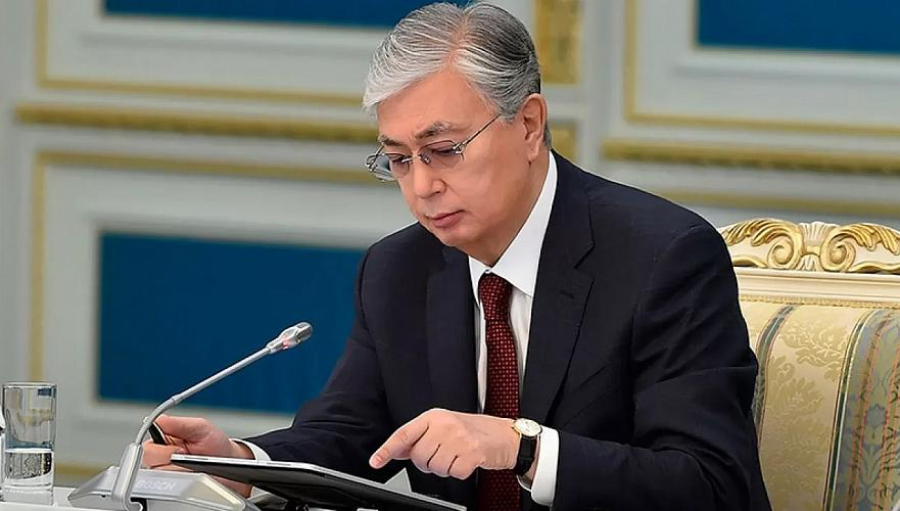
Kazakhstan plans to reduce work-related injuries by 10 percent, and the number of workers employed in enterprises with hazardous working conditions by up to 20 percent. Such tasks are foreseen in a special action plan designed until 2025. In the meantime, more than 300,000 workers in the country are employed in enterprises with hazardous working conditions, and more than a thousand people are injured in manufacturing every year. The plan outlined above provides for the minimization of such incidents and the modernization of the national labor protection management system. The document also considers the development of proposals for economic incentives for employers to reduce occupational risk at workplaces, develop professional competencies and scientific potential, as well as social partnerships.
“Of course, all these measures are aimed at minimizing the factor of harmful production in the workplace and ensuring zero accidents, which is what we are striving for. Through what actions are we going to do this? First of all, through the adoption of a set of preventive measures that are taken directly by employers. This is the introduction of a modern labor protection management system and an increase in the efficiency of state control by the labor inspectorate. Modern systems for assessing occupational risks are currently being incorporated,” said Akmadi Sarbassov, Kazakh First Vice Minister of Labor and Social Protection of Population.
To date, more than 3,000 Kazakh enterprises have already introduced international labor standards. The accession of many organizations of the country to the global convention of ‘zero accidents’ also contributes to the reduction of industrial injuries.
“More than 500 enterprises have already joined the concept and are working using a qualitatively new approach. As a result, the number of injuries in our factories is decreasing every year. During the year, we had 1,420 people injured at the workplaces, 200 of them died. This is 2.4 percent lower than in 2020,” said Tolegen Ospankulov, Kazakh Chief State Labor Inspector.
Translation by Assem Zhanmukhanova
Editing by Galiya Khassenkhanova









